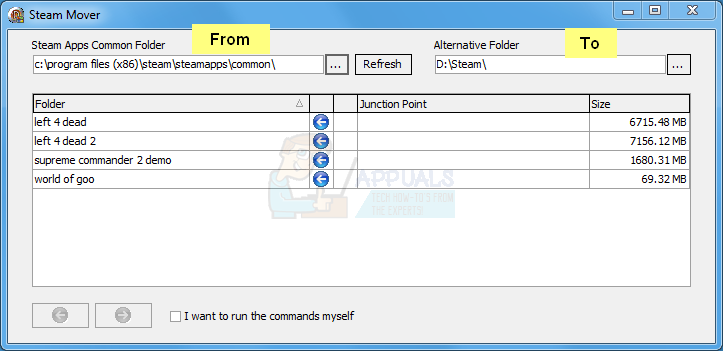How to Move Programs and Applications to Another Drive on Windows 7, 8 and 10
Being able to move an application from its default installation folder to a new drive or another folder has always been an issue to Windows PC users. How can one be able to move the application without misaligning the files with the registry, the firewall and all the shortcuts and still get the app to work seamlessly? This is an issue Windows 10 has been able to address for its store apps.
First seen in the Windows 10 anniversary version, users now get the option of moving their apps to a new drive location. This however seems to apply only to apps installed from the store. What if you need to move traditional desktop application like MS office, the PC games you installed from a disc and other apps that don’t come from the store?
In this article, we are going to show you how you can move these apps using the ‘Stem Mover’ application. You will be able to move store apps and desktop applications and games as well.

Use Steam mover to move apps
Though this app has not been updated for long, but it still works on windows 10 32 bit and 64 bit. It supports NTFS drives only (FAT, FAT32 are not supported) since it moves data by creating junction points. It will work for your store apps and your desktop apps too.
- Download steam mover from here
- Extract the file and right-click on steam mover executable and run as administrator
- If your program is not on the list; under Steam apps common folder section, click the small button labeled … and then browse to Program files folder or Program Files (x86) folder containing your installed programs and press OK.
- Click on the program you want to move, click the dotted button under Alternative folder and select the new location where you want to move the program to and then press OK.
- Click on the large right-arrow button at the bottom of the window to begin moving the app
- A command prompt showing the moving action will appear.
- You can undo the move or even move multiple apps
The downside to this method is that nothing is guaranteed. Though it works, anything can go wrong, so be careful and first try it on one app before using it on other apps.